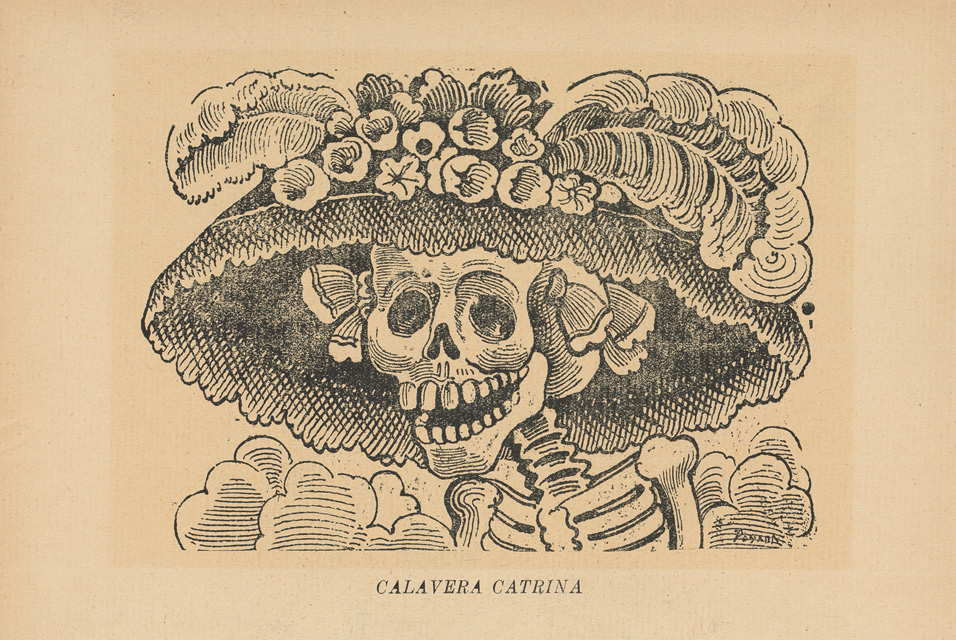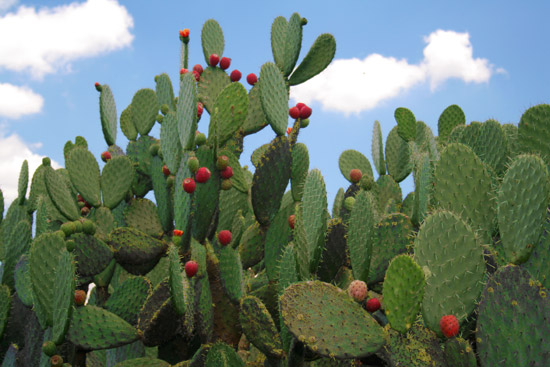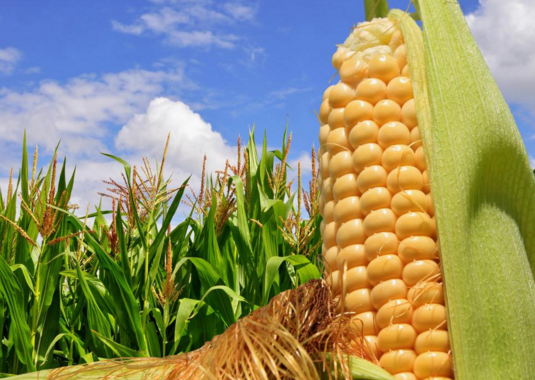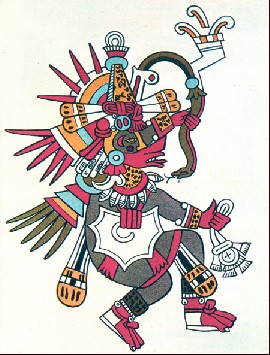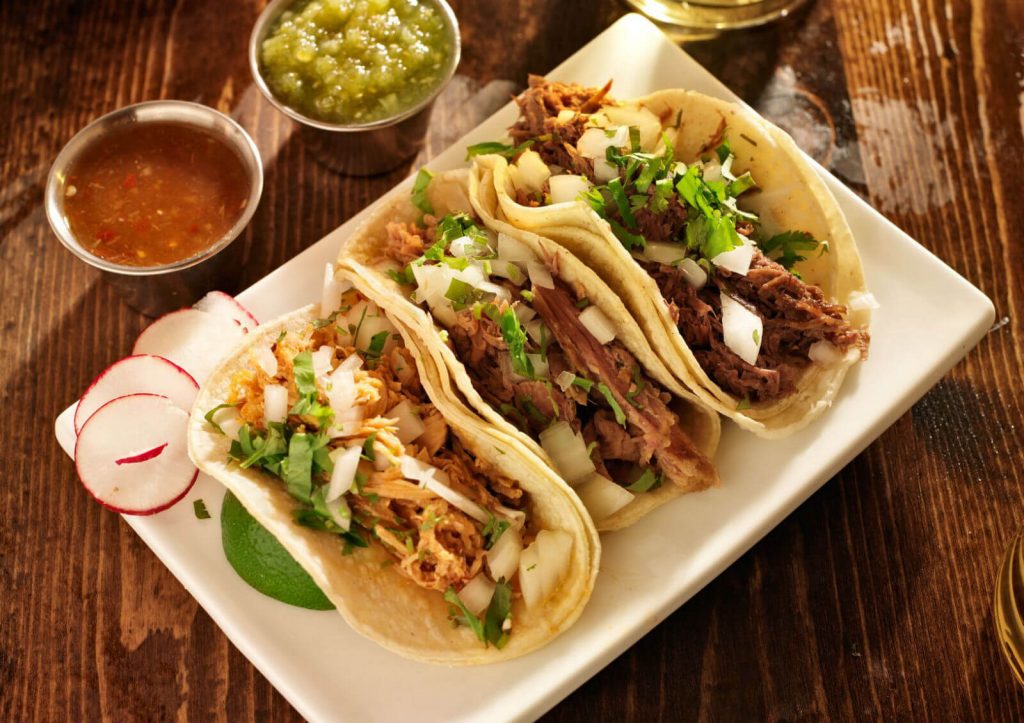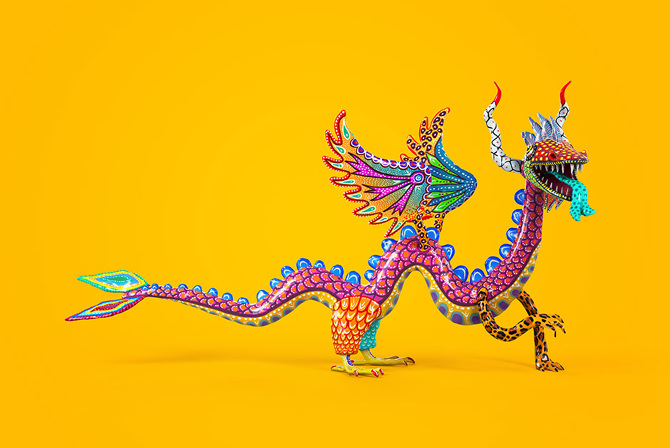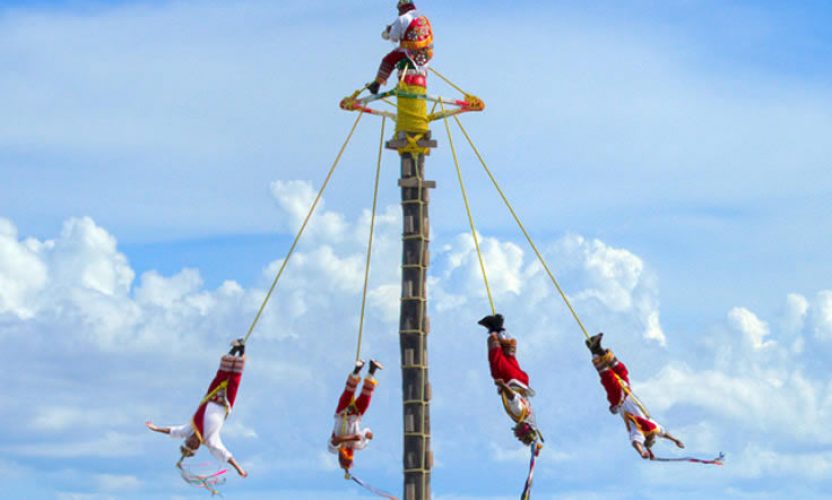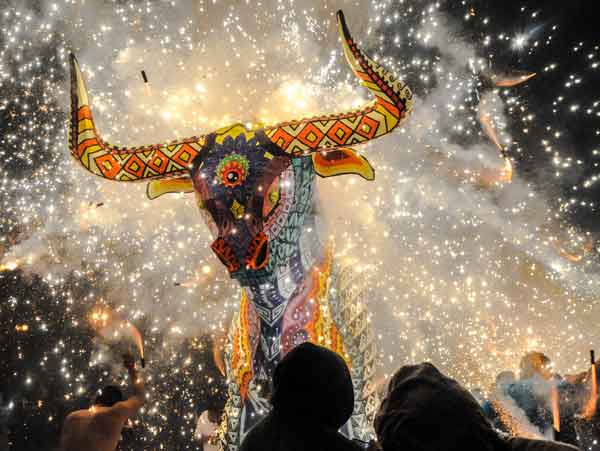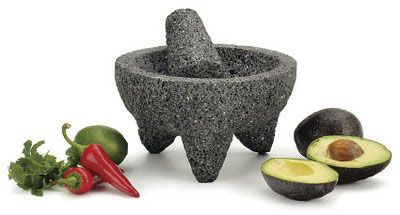close
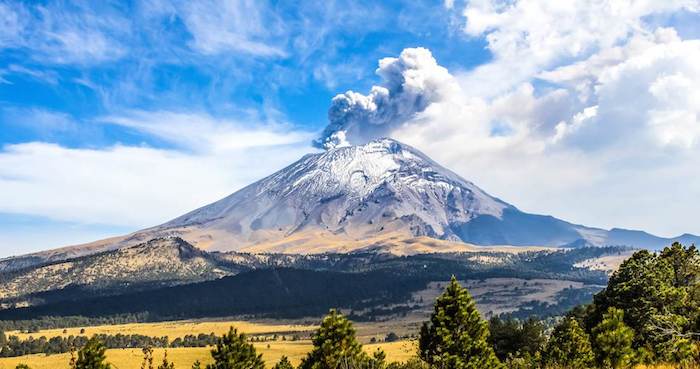
POPOCATEPETL
One of the world’s most dangerous volcanoes today is Popocatépetl, nicknamed "the Popo" or "Don goyo" . The volcano is the second highest mountain in Mexico. Popocatépetl is the Aztec word for "Smoking Mountain". Popocatépetl was an Aztec warrior who loved Iztaccíhuatl. Iztaccíhuatl's father sent Popocatepetl to war in Oaxaca. He promised him his daughter as his wife if he returned (which Iztaccíhuatl's father thought he would not). Iztaccíhuatl's father told her that her lover had died in battle. She died of sadness. When Popocatépetl returned, and found out about the death of his lover, he killed himself by stabbing a knife into his heart. The gods covered them with snow and changed them into mountains. Iztaccíhuatl's mountain was called "La Mujer Dormida, (the "Sleeping Woman"), because it looks like a woman sleeping on her back. Popocatépetl became the volcano Popocatépetl, raining fire on Earth in anger at the loss of his lover.

